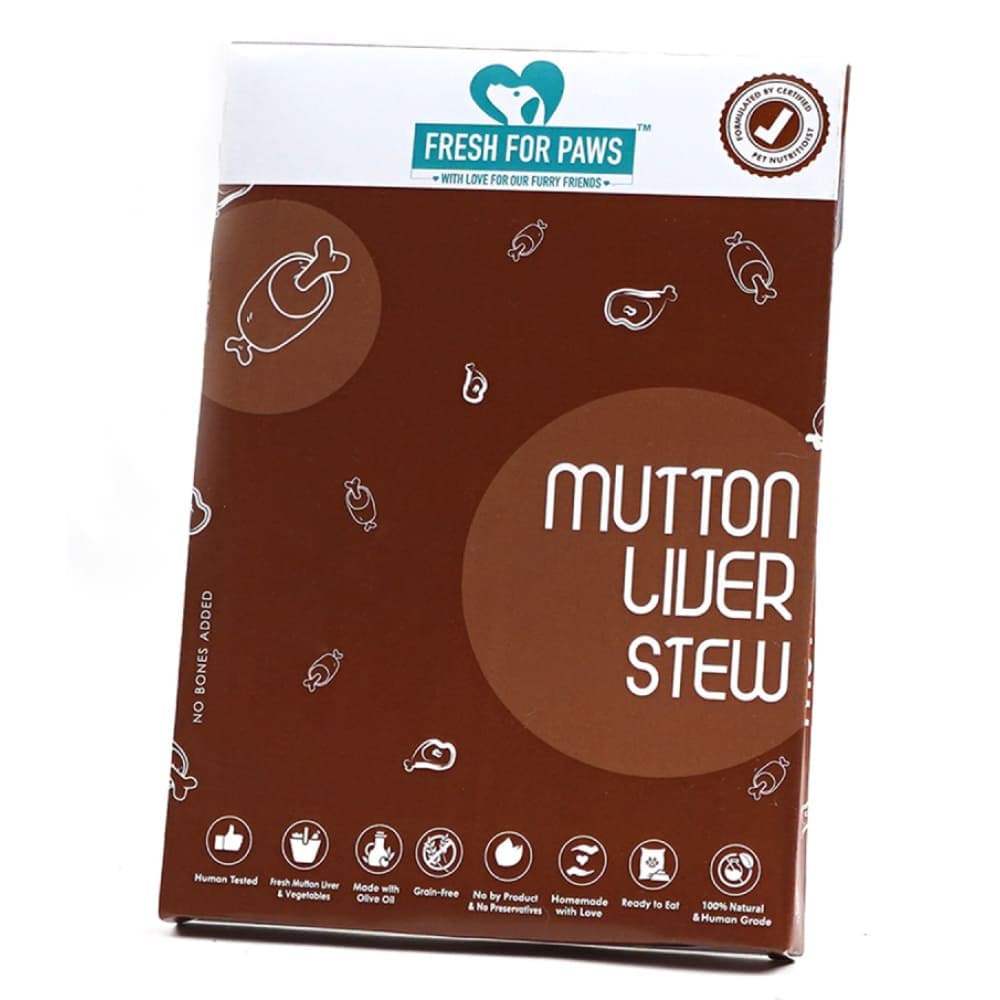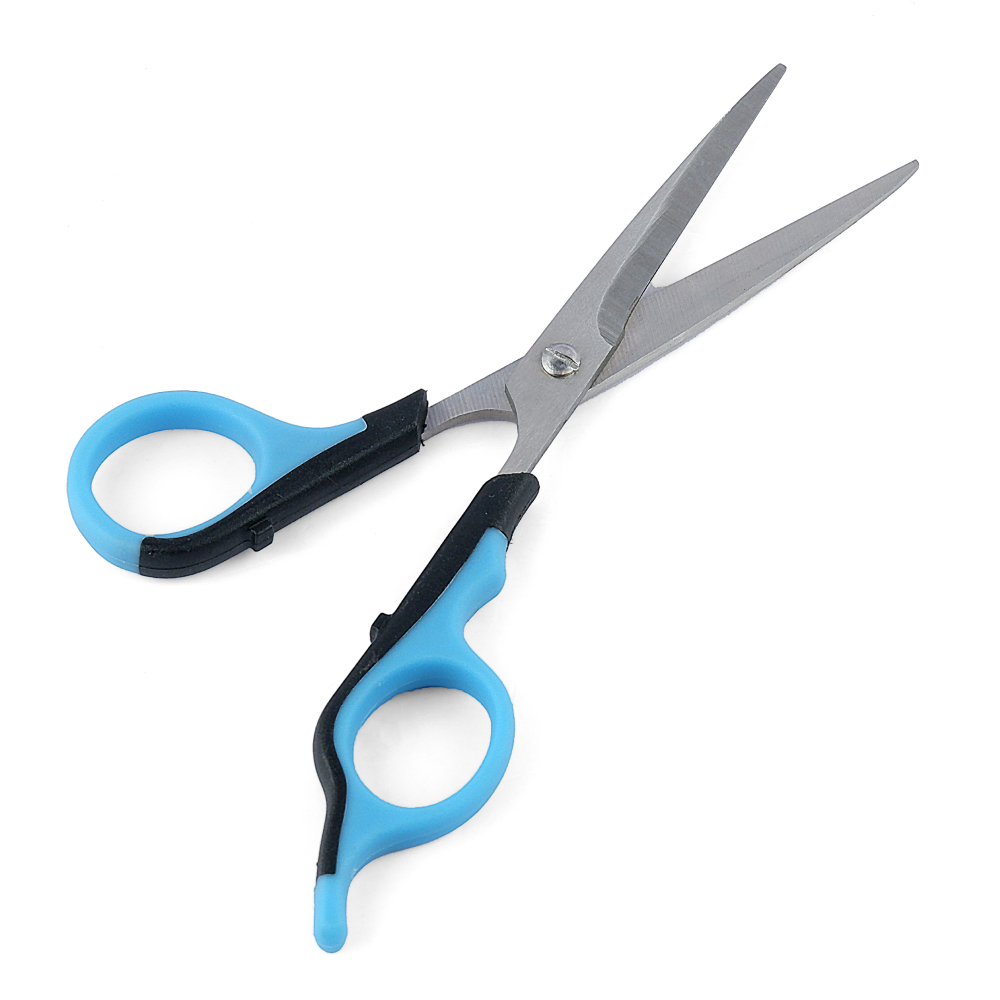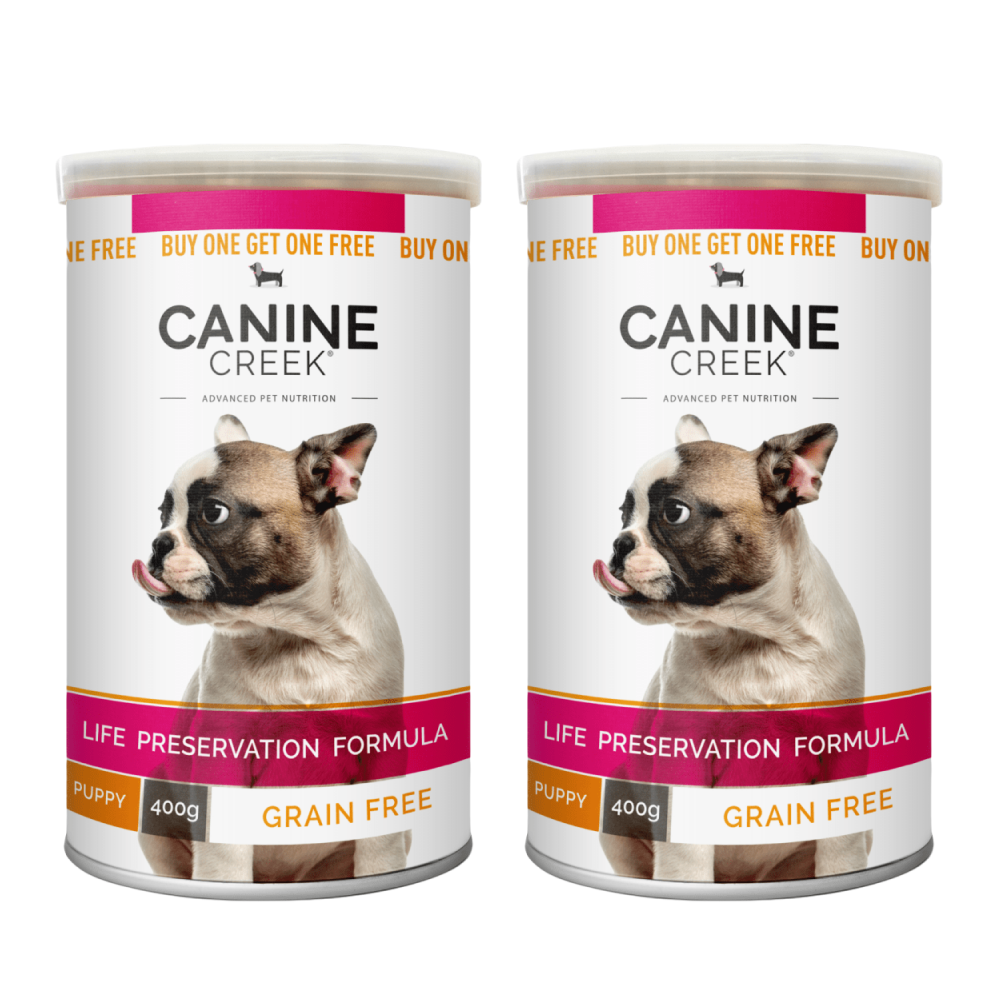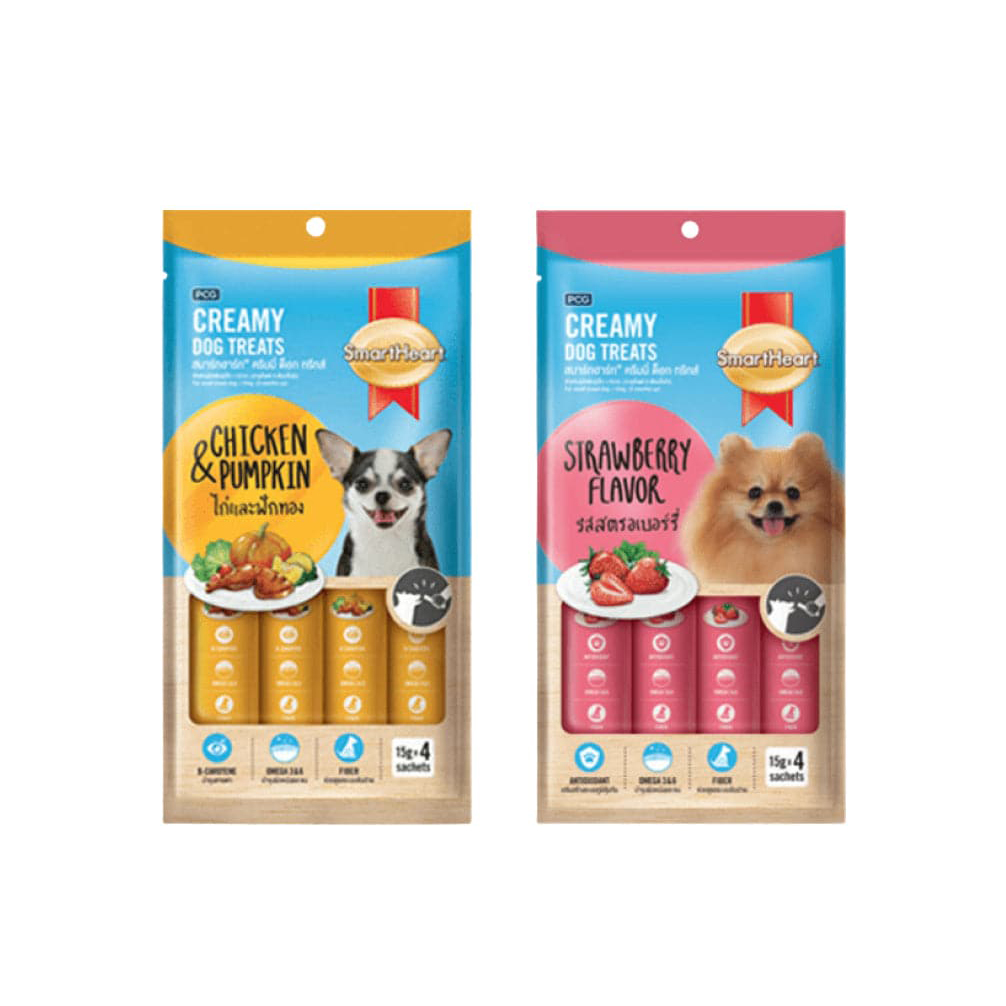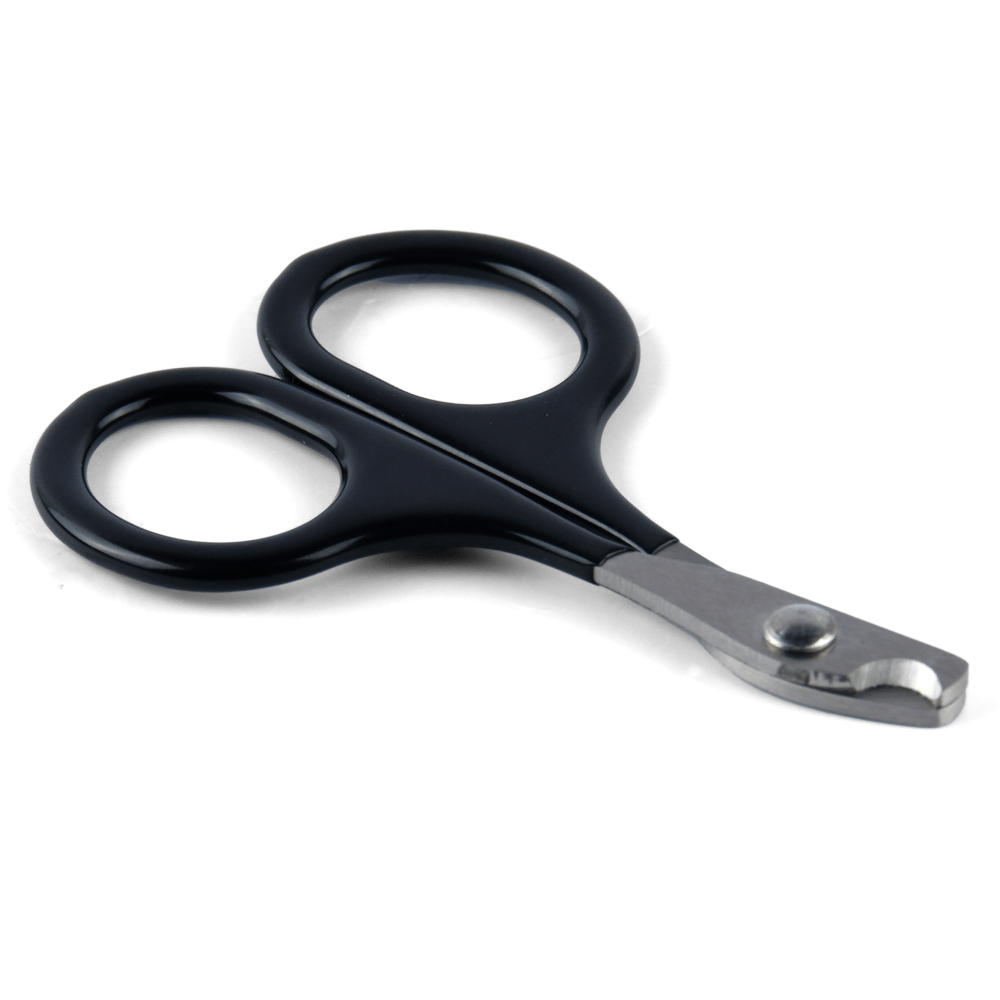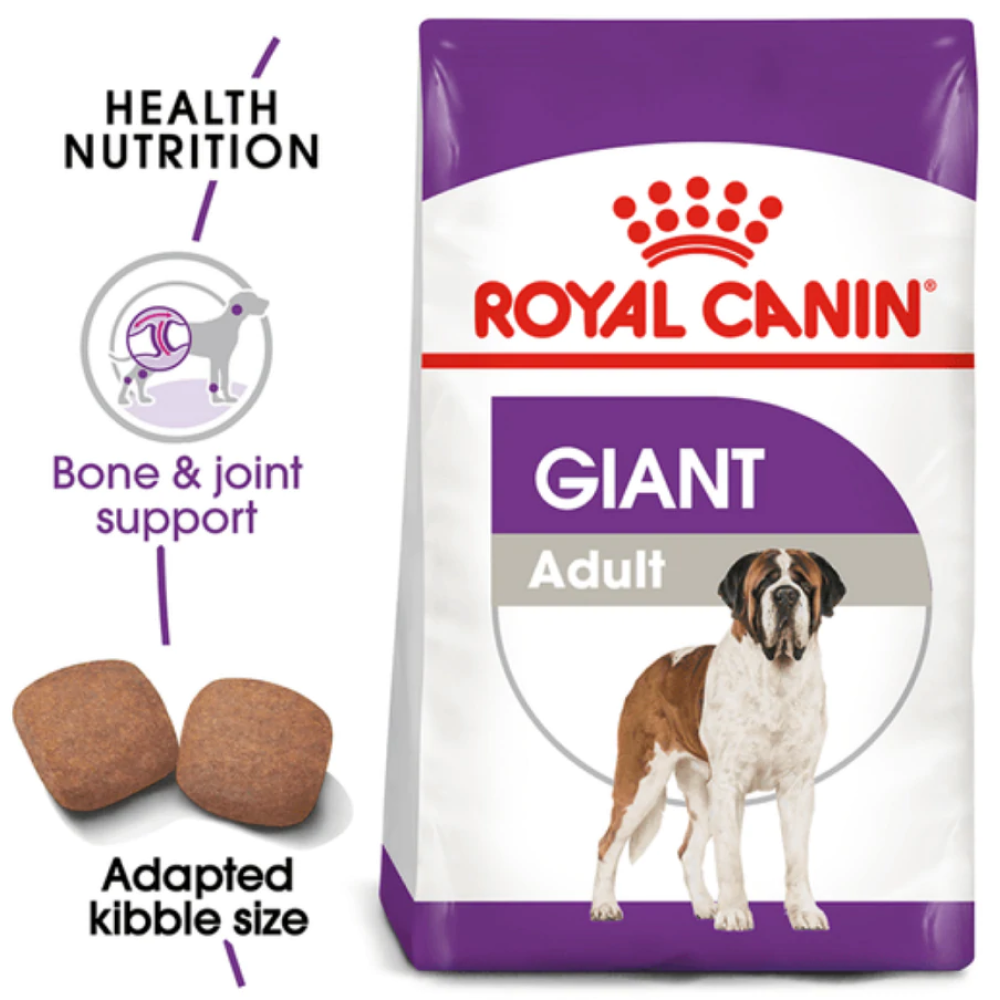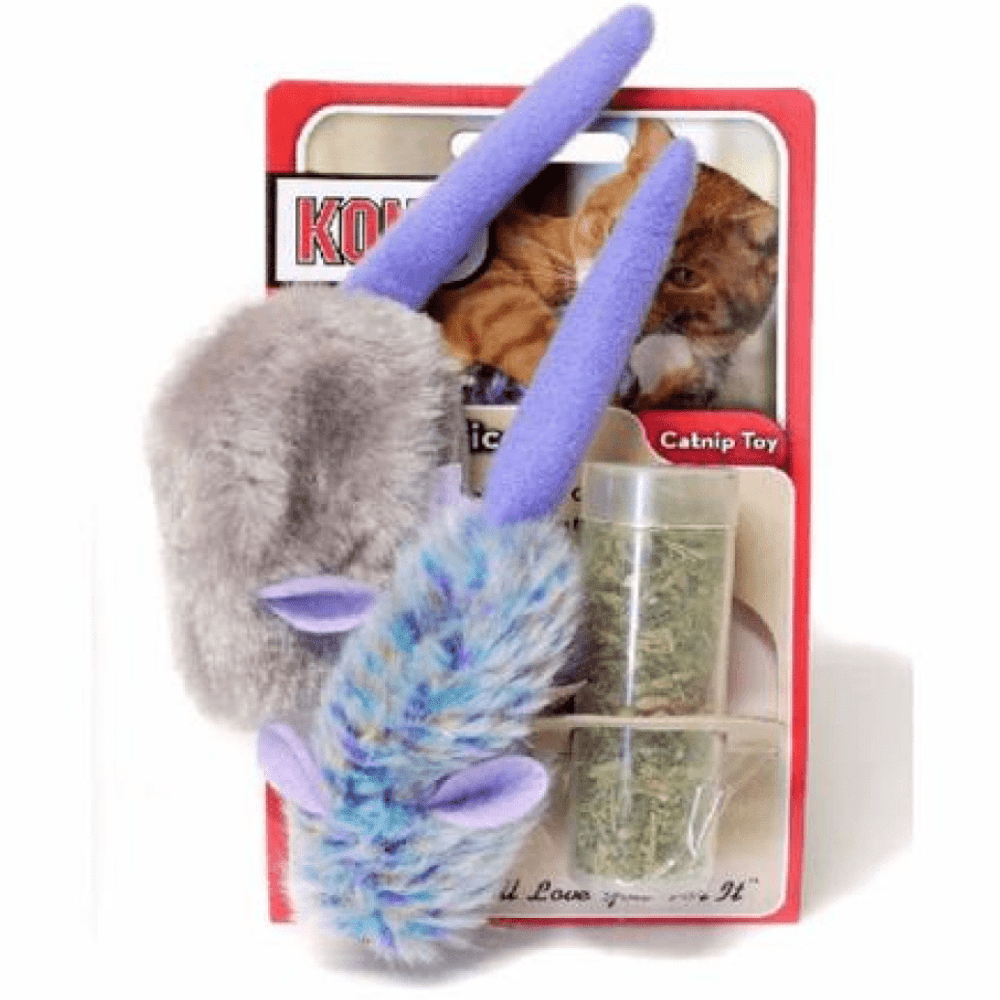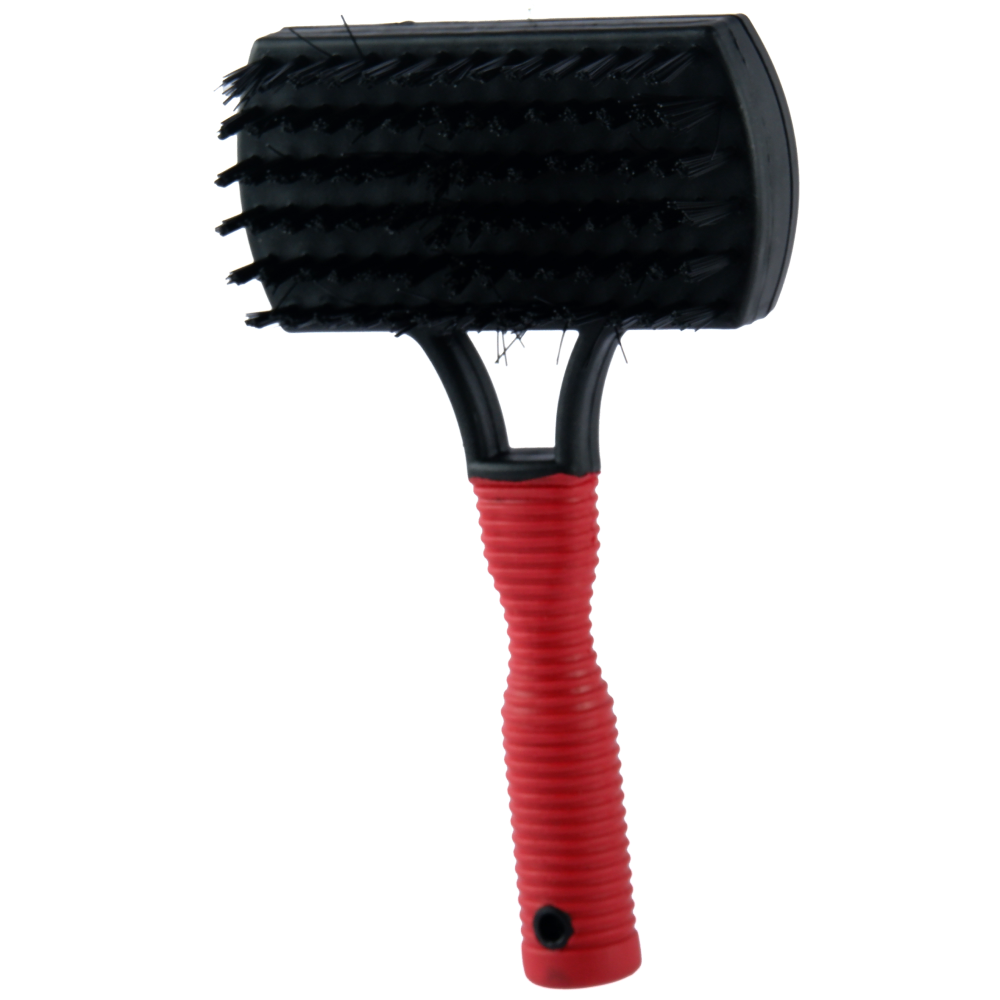
There are contradicting views on whether pets should be offered variety in their diet. But according to studies, regular rotation and offering a variety of food is actually good for your pet’s health. However, introducing a new diet abruptly can sometimes lead to a negative reaction. This usually occurs when your pet has consumed the same food for an extended period of time and has been introduced to a new type of diet suddenly. As the digestive systems get accustomed to a single type of diet for a prolonged period, they get sensitive to changes. That is why, if you are planning to make changes in your pet’s diet, you must do it gradually so as to avoid stress, illness and aversion to the new diet.
In this article, we will take a look at the ideal way to make a transition in your pet’s diet without causing any discomfort to it. We will also address some common questions that pet parents have while transitioning their pet’s diet.
How to Transition Your Pet to a New Diet?
It needs to be remembered that some pets are more sensitive to food adjustments than others. Therefore, while offering a new diet to your pet, introduce it slowly. Feeding it an excessive quantity of a new type of diet can cause food refusal, diarrhea, stomach upset, excess gas, vomiting and constipation. The best method for introducing a new diet is by gradually incorporating an increasing amount of the new food with the existing food and reducing the quantity of current food correspondingly over a period of 5 to 7 days until the pet is ready to consume the new diet fully.
Below is the Transition Schedule that Experts agree with:
The ratios mentioned above are generic. Some pets may require a transition period of 2 – 3 weeks.
Is there an ideal time to transition to my pet’s diet?
Transition to a new diet should only be carried out when your pet is in their comfortable and familiar surroundings. You should avoid beginning a transition while you’re travelling, while your pet is being cared for by someone else or during holidays.
What should I do if my pet is unable to adjust to its new diet?
As some pets take longer to adjust to a new diet than others, you may need up to 2 – 3 weeks to make a successful transition.
If it still doesn’t seem to work, you can experiment with different flavours or brands until you figure out what works for your pet.
What do I do if the new diet has side effects on my pet's health?
In certain cases, pets do experience unexpected symptoms like loose motion, flatulence, stomach upset, diarrhoea, vomiting and decreased appetite when they are introduced to a new diet. These symptoms are generally faced by those pets that are not accustomed to a variety of diets.
If your pet happens to encounter these symptoms, you may consider slowing down the transition process. You can also offer a digestive aid or anti-diarrheal supplement. If the conditions persist, get in touch with a veterinarian.
What are the Dos and Don’ts while transitioning your pet’s diet?
Bringing a transition to your pet’s diet can be a daunting task, especially if your pal has gotten accustomed to their existing food. Below are a few dos and don’ts that you should keep in mind while making a transition in your pet’s diet:
Dos
- The transition should be gradual over a period of at least 5 to 7 days.
- Always go for a high-quality pet food brand. The best ones in the market are Pedigree, Royal Canin, Farmina N&D, Drools and Himalaya.
- Make sure to monitor your pet’s response during the transition process.
Don’ts
- The transition shouldn’t be an abrupt one.
- Do not ignore the dietary needs of your pet while switching its diet.
- Refrain from overfeeding or underfeeding your pet.
- Do not neglect hydration and make sure to offer enough drinking water to your pet.
Wrapping Up
Bringing a transition to your pet’s diet can benefit them by offering them a well-rounded, balanced and nutritious diet. We hope that the article that we’ve provided you with will help you ensure a smooth transition without compromising your pal’s health and well-being. Do not hesitate to get in touch with a veterinarian if you encounter unexpected reactions during the transition.
Protecting Your Pup: The Importance of the 7-in-1 Vaccine

Vaccination for puppies and dogs is the first wall of defence against deadly diseases. Puppies receive natural immunity to an extent from t...
Pawsandpaws | Feb 01, 2025Creating a Balanced Diet for Your Rabbit: The Ultimate Food Guide
_01112025_013504.jpg)
Rabbits are one of the cutest furry pets when it comes to small animals. And just like any other family member, these furry bundles of joy ...
Pawsandpaws | Jan 11, 2025
